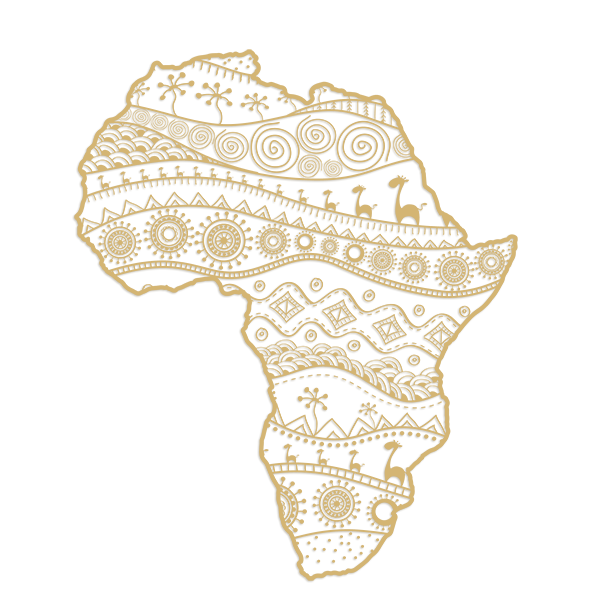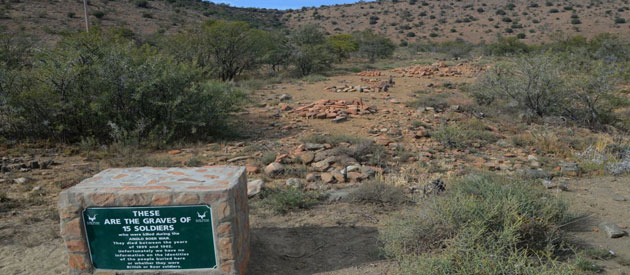
Mountain Zebra National Park History

History & Cultural Heritage Sites
History
From prehistoric sites with concentrations of stone artifacts situated along the river banks and rock art panels on the mountain slopes to historic farmsteads and cemeteries, Mountain Zebra National Park has acted as a backdrop for thousands of years of human history.
From 14 000 to 10 000 years ago, Later Stone Age inhabitants lived in the area now proclaimed as national park. Evidence of their settlements is found along the banks of the Wilger River. There are some 30 sites with pottery and stone artifacts that have been identified through research done by the University of Stellenbosch.
The San people left evidence of their lives about 300 years ago in at least three rock shelters containing rock art in the Park. The paintings show an antelope, baboons, a large cat – possibly a leopard or cheetah – and human figures.
Visitors can view rock paintings in one of the shelters by hiring a Park guide to show them the way. Although a fence protects the painting site, it is quite exciting to be able to stand less than a metre away from ancient artwork.
During the 1800s, British soldiers created a chessboard on the top of Saltpeterskop, a 1514m high koppie in the Park. While hiding out during the Anglo-Boer War, they played chess with their fellow soldiers in the old fort in Cradock, transmitting moves by means of a mirror, which had the official purpose of communicating warning signals.
The story goes that a certain farmer – unbeknown to the soldiers – picked up the signals and started a game against the soldiers while sitting on the stoep of his farmhouse.
The chessboard and the names of the soldiers are etched onto a flat slab of rock at the top of Saltpeterskop. Names recorded include the 5th Lancashire Fusiliers, the Coldstream Guards and some privates, corporals and a captain.
The legacy of white pioneers who moved into the area and set up farms during the Great Trek of 1836 still stands today. In 1838, one of the first permanent farmhouses in the area was constructed on the farm De Doornkloof, then owned by Hendrik Jacobus van Heerden. The house presently known as Doornhoek, declared a national monument in 1986, was restored and is still used as a guesthouse in the Park. It is popular with those who want a tranquil family getaway overlooking a lake, with spectacular star-gazing vistas at night.
In 1937, 1712 hectares of land was proclaimed as the Mountain Zebra National Park. Thanks to the conservation efforts of farmers in the area, a small herds of the endangered Cape mountain zebra still survived in the area and these provided a founder population for the Park. Paul Michau donated 6 zebra and later Mr H L Lombard donated 11 zebra to the Park. The Park’s Cape mountain zebra herd now numbers over 350 animals.
The Park at first expanded slowly over the years, but then received a boost with a joint public-private conservation initiative. An artist by the name of David Shepherd kick-started the initiative by donating prints of his works “Mountain Zebra: A Vision in Black and White” in 1996 and “Cheetahs” in 1998 so that money could be raised to buy surrounding farms and expand the size of the Park. SABC’s 50/50 programme shared the story with viewers and encouraged them to support the project by buying prints so that the necessary funds could be raised. The response was fantastic and also caused private individuals and businesses to make donations including The Barbara Delano Foundation, WildAid, Sasol and Vesta Medicines. South African National Parks Trust matched all of the funds that were raised.
Nine surrounding farms were purchased through this process, enabling the Park to expand from 6 536 hectares to 28 412 hectares in size. Following this, black rhino, buffalo and finally cheetah could be introduced to the Park.
Cultural Heritage Sites
An archaeological survey of the Mountain Zebra National Parks was undertaken 1973 at the request of the then National Parks Board of Trustees. The aim of the survey was “to establish the potential of sites for excavation or collection of material for the possible creation of site museums” (Brooker, 1977). Thirty archaeological sites were located during the survey. These include three small rock shelters which include San rock art and 27 open sites. Most of the sites occur primarily along the river valleys where the banks are wide and flat. Scrapers indicating a Holocene age dominated the formal artefacts discovered from 22 of these sites.
An extract from Mary Brooker’s paper (“The Archeology of the Mountain Zebra National Park” Koedoe 20: 77-93, 1977):
“The three small shelters are named ZP16, ZP28 and ZP29. ZP16 has no deposit but the presence of a circular scraper and artefactual waste that indicate it may have been occupied. ZP28 is a small shelter overlooking the Springbok Flats which has a small deposit with pottery and stone artefacts on the surface. ZP29 is a very small shelter and has neither deposit nor artefactual waste, although these might have been washed away by stream action. In a small niche on the overhang are two groups of ochre figures; one large antelope with three smaller antelope above (one possibly an eland) and the remains of four animals below. At the lower left-hand is a frieze in black including two human figures, an antelope, a large cat (leopard?) and three baboons one of which is carrying its young on its back. To the east of these are other paintings fairly high up on a rock face but except for two “sitting buck” these were too faded to record.”
Although individual European travelers would have moved into the general area during the late 1700s and early 1800s, an influx of white pioneer farmers took place during the Great Trek of 1836. During this year the farms De Doornkloof and Babylonsche Toren were provided to Willem van Heerden, while the farm Pretoriuskraal was given to Willem Meintjies van den Berg on the 31st of December 1836. After the death of Willem van Heerden in a road accident at Ratelshoek, his brother Hendrik Jacobus van Heerden took over possession of De Doornkloof and Babylonsche Toren. In approximately 1838 one of the first permanent farmhouses in the area was constructed, and the house presently known as Doornhoek was restored and is still used as a guesthouse in the park. The house was declared a national monument in 1986 (Novellie, 1987) (Van der Merwe, 1988).
During the 1800s, British soldiers created a chessboard on the top of Saltpeterskop, a 1514m high koppie in the Park. While hiding out during the Anglo-Boer War, they played chess with their fellow soldiers in the old fort in Cradock, transmitting moves by means of a mirror which was also used to send warning signals. The chessboard is till visible today but not accessible to visitors.
Visitors can book a guided tour of a San cave painting site.

